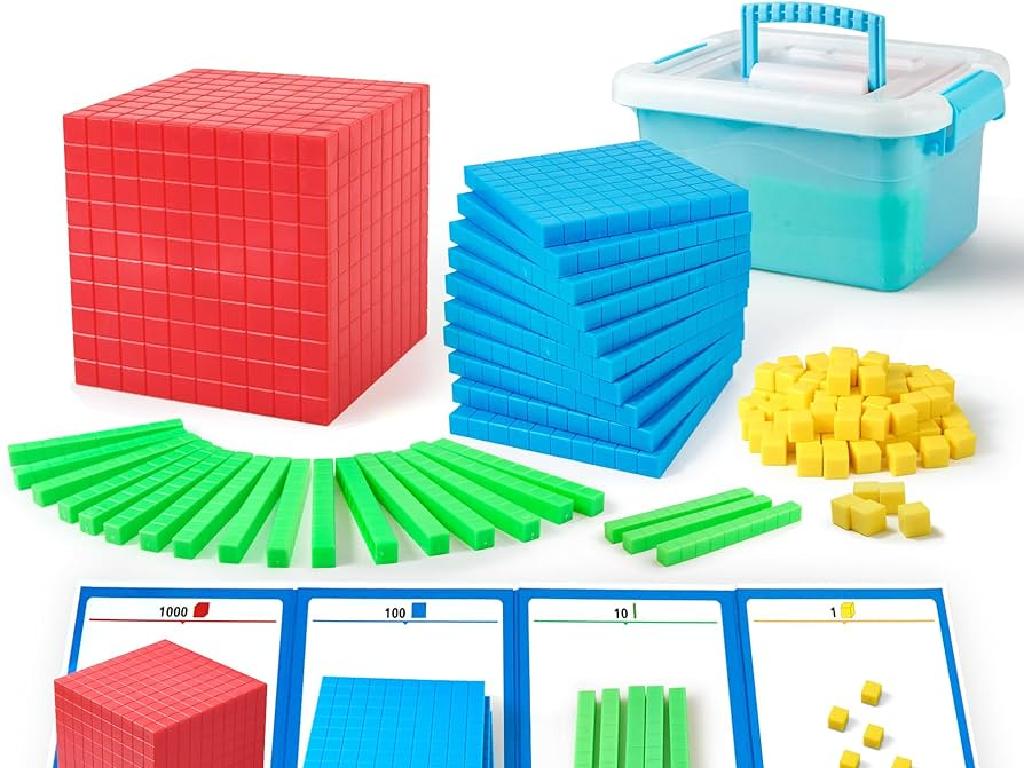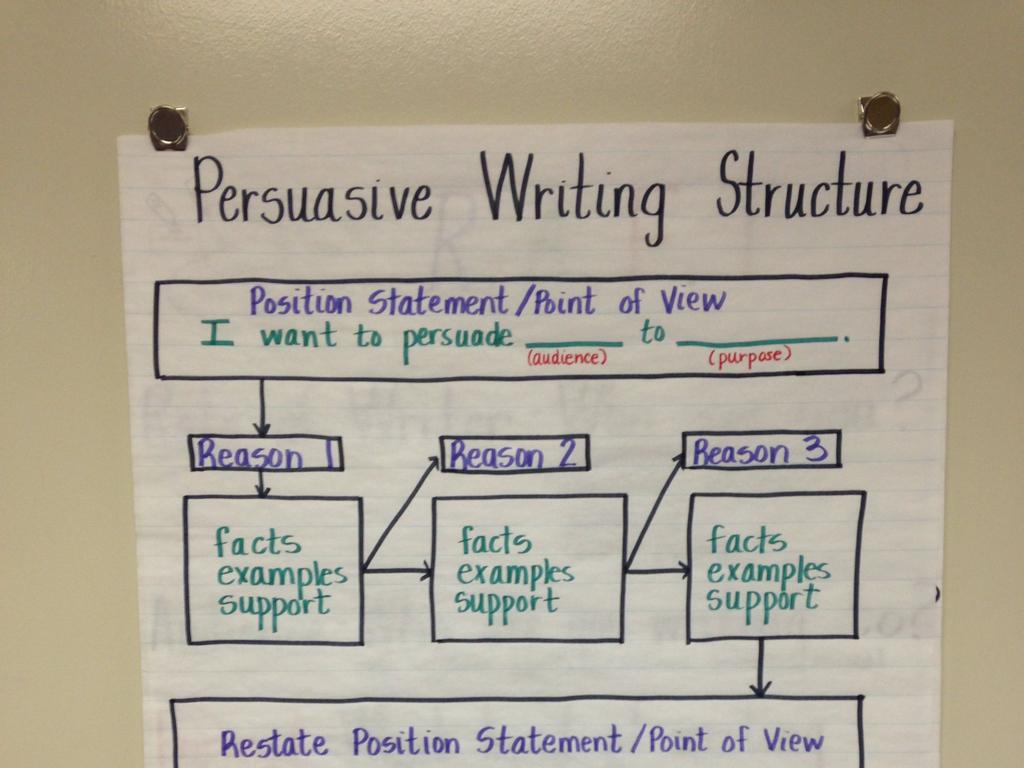Evaluate Expressions Using Properties Of Exponents
Subject: Math
Grade: Eighth grade
Topic: Exponents
Please LOG IN to download the presentation. Access is available to registered users only.
View More Content
Introduction to Exponents
– Recap of exponent basics
– Exponents represent repeated multiplication, e.g., 3^2 means 3 x 3.
– Base and exponent explained
– The base is the number being multiplied; the exponent shows how many times.
– Simple exponent examples
– For instance, 2^3 is 2 x 2 x 2.
– Real-life exponent applications
– Exponents are used in area calculations, e.g., finding the area of a square (side^2).
|
Begin with a brief review of what exponents are, emphasizing their representation of repeated multiplication, which students have previously learned. Clarify the roles of the base and the exponent in an expression. Provide straightforward examples such as 2^3 to solidify their understanding. Then, connect the concept to real-life scenarios where exponents are applicable, such as computing areas for squares or cubes, to illustrate the practical use of exponents. This will help students see the relevance of exponents beyond the classroom and understand their utility in everyday situations.
Properties of Exponents
– Multiplication Property
– Add exponents with same base: a^m * a^n = a^(m+n)
– Division Property
– Subtract exponents with same base: a^m / a^n = a^(m-n)
– Power of a Power
– Multiply exponents when power raised to a power: (a^m)^n = a^(m*n)
– Applying exponent rules
|
This slide introduces the fundamental properties of exponents crucial for simplifying expressions. The multiplication property states that when multiplying two expressions with the same base, you add the exponents. For division, you subtract the exponents. When an exponent is raised to another power, you multiply the exponents. These rules are the building blocks for evaluating more complex expressions involving exponents. Provide examples for each property to ensure understanding. Encourage students to practice these properties with various exercises to gain proficiency in simplifying exponential expressions.
Zero and Negative Exponents
– Zero Exponent Rule explained
– Any number (except 0) to the power of zero is 1, e.g., 5^0 = 1
– Negative Exponent Rule explained
– A negative exponent means take the reciprocal of the base, then apply the positive exponent, e.g., 5^-2 = 1/5^2
– Simplifying expressions with zero exponent
– Simplifying expressions with negative exponents
|
This slide introduces the concept of zero and negative exponents, which are critical for simplifying expressions in algebra. The Zero Exponent Rule states that any non-zero base raised to the power of zero equals one. This is a fundamental property that students must memorize. The Negative Exponent Rule is slightly more complex, as it involves taking the reciprocal of the base and then applying the positive exponent. It’s essential to provide examples and practice problems to help students understand and apply these rules. Encourage students to work through several expressions involving these rules to build their confidence in evaluating expressions with zero and negative exponents.
Working with Exponents: Simplification
– Apply exponent rules to simplify
– Example: Simplify (2^3) * (2^4)
– When bases are same, add exponents: 2^(3+4) = 2^7
– Example: Simplify (5^2) / (5^3)
– When bases are same, subtract exponents: 5^(2-3) = 5^(-1)
– Example: Simplify (3^2)^3
– Multiply exponents: (3^(2*3)) = 3^6
|
This slide introduces students to the application of exponent rules for simplifying expressions. It’s crucial to emphasize the importance of recognizing the base of the exponent and applying the correct rule. For multiplication, we add the exponents if the bases are the same. For division, we subtract the exponents with the same base. And for powers raised to another power, we multiply the exponents. These examples should be worked out step-by-step to ensure understanding. Encourage students to practice with additional problems and to verify their answers using a calculator or by expanding the exponents.
Exponent Properties: Practice Problems
– Solve for x in 2^(x+3) = 2^5
– Since bases are equal, x+3 must equal 5
– Simplify the expression (4^3 * 4^-1) / (4^2)
– Apply the power of a quotient rule: a^(m-n) / a^n = a^(m-n-n)
– Evaluate the expression (3^-2)^3
– Use the power of a power rule: (a^-m)^n = a^(-m*n)
|
This slide presents practice problems to reinforce students’ understanding of exponent properties. For the first problem, guide students to use the property that if the bases are the same, then the exponents must be equal. For the second problem, remind them of the quotient rule for exponents, which states that when dividing like bases, you subtract the exponents. For the third problem, explain the power of a power rule, which involves multiplying the exponents. Encourage students to work through these problems step by step and verify their answers. Provide additional similar problems for practice and ensure they understand the rationale behind each step.
Group Activity: Exploring Exponents
– Create expressions with exponent properties
– Each group presents one expression
– Explain your simplification steps
– Detail each step, like combining like bases or applying power rules
– Class evaluates the simplifications
|
This activity is designed to foster collaborative learning and a deeper understanding of exponent properties. Divide the class into small groups and have each create their own mathematical expressions utilizing properties of exponents, such as the product of powers, quotient of powers, and power of a power. Each group will choose one expression to present to the class, explaining each step of their simplification process. The rest of the class will actively participate by evaluating the correctness of the simplification. Possible activities: Group A could work on expressions with the product of powers, Group B with quotient of powers, Group C with power of a power, and Group D with negative exponents. This will ensure a variety of examples and reinforce the concept through peer teaching.
Exponents: Recap and Homework
– Review exponent properties
– Recall the rules like product of powers and power of a power.
– Significance in advanced math
– These properties are foundational for algebra and calculus.
– Complete the exponent worksheet
– Solve problems to apply today’s lesson.
– Practice solidifies understanding
|
As we conclude today’s lesson on properties of exponents, it’s crucial to recap the rules we’ve learned, such as the product of powers, quotient of powers, and power of a power. Emphasize how these properties are not just mathematical abstractions but are actually used in higher-level math, including algebra and calculus, to simplify expressions and solve equations. For homework, students are assigned a worksheet with a variety of exponent problems. This will help reinforce their understanding of the concepts covered in class. Encourage students to attempt all problems and remind them that practice is key to mastering the properties of exponents.






